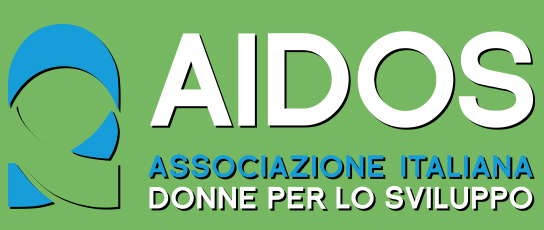New report shows steady funding for sexual and reproductive health and rights worldwide, but some trends raise concerns.
The period 2021-2022 dimmed prospects of a post-pandemic recovery. While COVID-19’s fierce sweep across the world demanded a bold response to build back better, the Russian invasion of Ukraine dampened hopes of a fully-fledged recovery at the beginning of 2022. The escalation of this conflict led to the greatest displacement crisis Europe witnessed since World War II, depriving citizens from access to lifesaving health services and increasing their exposure to sexual violence, sexually transmitted infections, and unintended pregnancies. The war in Ukraine also indirectly affects the world population, as it intensifies a global food and energy emergency, already pressured by climate change, and pushing up inflation to unseen levels in decades.
These multiple crises affected SRHR needs, increasing the unmet need for family planning, and put more pressure on already strained health systems. Today, about 257 million women and girls in low-and-middle-income countries (LMICs) still have an unmet need for family planning, against the 218 million in 2019.
In our most recent report, we are looking at 2021 funding data and 2022 political stances adopted by thirteen European governments and the EU institutions with regards to sexual and reproductive health and rights. The data shows that overall European governments have managed to maintain support in 2021: data collected indicates donors contributed 2.780 billion Euros to SRHR, an amount comparable to the one disbursed in 2020. 12 out of the 13 European donors under review either increased or maintained funding compared to the previous year. But data also shows that the portion of this funding going to sexual and reproductive health and family planning decreased for the first time in 4 years to 1.385 billion Euros. This is an 8% decrease compared to the previous year.
Despite the decreases observed in funding in nominal value in 2021, some European donors were still able to increase how much these amounts represent as a share of countries’ annual Official Development Assistance (ODA). That being said, there is plenty of room to scale up the weight of both SRH/FP and SRHR as a share of ODA.
European donors continue to be vocal about the importance of SRHR for sustainable development. This is reflected not only in the wide array of political and financial pledges made in the context of FP2030, SheDecides, including SheDecides+5, the Nairobi ICPD+25 Summit and the Generation Equality Forum, but also of the different policy documents that help to advance these commitments. 18 new European policy documents including commitments to SRHR were endorsed during 2021-2022.
For more detailed data and analysis, read the full report Tracking what counts: a trend analysis of European donor support to SRHR & FP – 2021-2022.
Read our factsheet summarizing the findings of the report.
Read the country and EU factsheets.
The data can also be further explored on the online data dashboard here.
